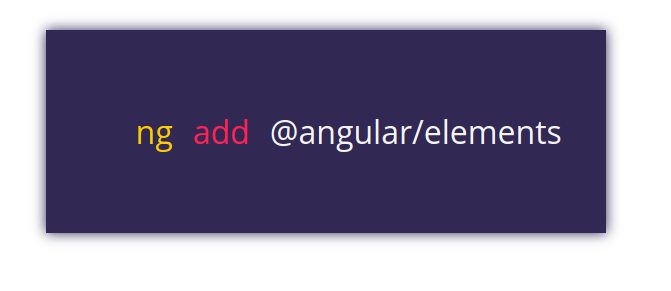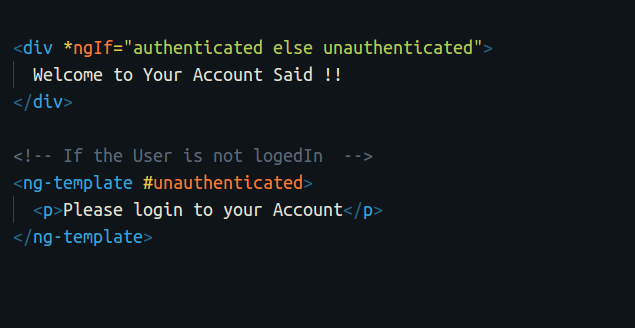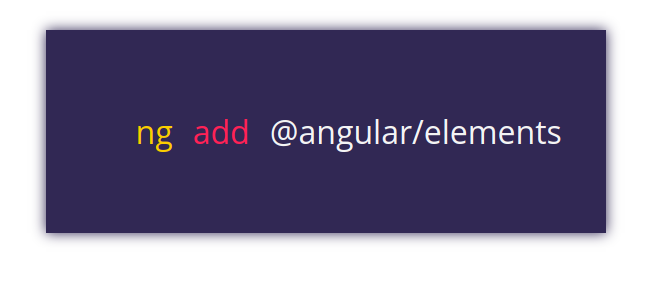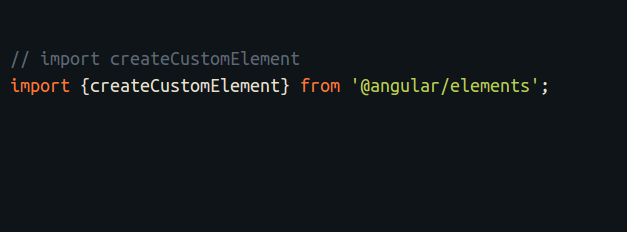AngularJS used to be the “golden child” among JavaScript frameworks, as it was initially introduced by Google corporation in 2012. It was built with the Model-View-Controller concept in mind, though authors of the framework often called it “Model-View-*” or even “Model-View-Whatever”.
The framework, written in pure JavaScript, was intended to decouple an application’s logic from DOM manipulation, and aimed at dynamic page updates. Still, it wasn’t very intrusive: you could have only a part of the page controlled by AngularJS. This framework introduced many powerful features allowing the developer to create rich, single-page applications quite easily.
Specifically, an interesting concept of data binding was introduced that meant automatic updates of the view whenever the model (data) changed, and vice versa. On top of that, the idea of directives was presented, which allowed inventing your own HTML tags, brought to life by JavaScript. For example, you may write:
<calendar></calendar>
This is a custom tag that will be processed by AngularJS and turned to a full-fledged calendar as instructed by the underlying code. (Of course, your job would be to code the appropriate directive.)
The Advantages of Angular
So, why Angular? Well, because it’s supported on various platforms (web, mobile, desktop native), it’s powerful, modern, has a nice ecosystem, and it’s just cool. Not convinced? Let me be a bit more eloquent then:
- Angular presents you not only the tools but also design patterns to build your project in a maintainable way. When an Angular application is crafted properly, you don’t end up with a tangle of classes and methods that are hard to modify and even harder to test. The code is structured conveniently and you won’t need to spend much time in order to understand what is going on.
- It’s JavaScript, but better. Angular is built with TypeScript, which in turn relies on JS ES6. You don’t need to learn a totally new language, but you still receive features like static typing, interfaces, classes, namespaces, decorators etc.
- No need to reinvent the bicycle. With Angular, you already have lots of tools to start crafting the application right away. You have directives to give HTML elements dynamic behavior. You can power up the forms using
FormControland introduce various validation rules. You may easily send asynchronous HTTP requests of various types. You can set up routing with little hassle. And there are many more goodies that Angular can offer us! - Components are decoupled. Angular strived to remove tight coupling between various components of the application. Injection happens in NodeJS-style and you may replace various components with ease.
- All DOM manipulation happens where it should happen. With Angular, you don’t tightly couple presentation and the application’s logic making your markup much cleaner and simpler.
- Testing is at the heart. Angular is meant to be thoroughly tested and it supports both unit and end-to-end testing with tools like Jasmine and Protractor.
- Angular is mobile and desktop-ready, meaning you have one framework for multiple platforms.
- Angular is actively maintained and has a large community and ecosystem. You can find lots of materials on this framework as well as many useful third-party tools.
Angular’s Complexities
I have to say that, unfortunately, Angular is quite a big and complex framework with its own philosophy, which can be challenging for newcomers to understand and get used to. Learning the framework’s concepts is not the only task, however; on top of this, you also have to be comfortable with a handful of additional technologies:
- It’s recommended to code Angular apps in TypeScript, so you must understand it. It is possible to write the code with modern JavaScript (ES6), though I rarely see people doing this.
- TypeScript is a superset of JavaScript, so you’ll need to be comfortable with it as well.
- It’s a good idea to get the grasp of the Angular CLI to speed up the development process even further.
- Node’s package manager npm is used extensively to install Angular itself and other components, so you’ll need to be comfortable with that as well.
- Learning how to set up a task runner like Gulp or Grunt can come in really handy, as there can be lots of things to be done before the application is actually deployed to production.
- Using minifiers (like UglifyJS) and bundlers (like Webpack) is also very common these days.
- While developing the app, it’s vital to be able to debug the code, so you should know how to work with debugging tools like Augury.
- Of course, it’s very important to test Angular applications, which can become very complex. One of the most popular testing tools out there are called Jasmine (which is a framework for testing) and Protractor (which is used for end-to-end testing).
So, as you see, there are quite a lot of things to learn in order to start creating client-side web applications. But don’t be put off: there are numerous resources on the net that may help you learn all these tools and technologies. Of course, you’ll need some time to get the grasp of them, but as a result, you’ll get valuable experience and will be able to create complex apps with confidence.
One last thing worth mentioning is that sometimes using Angular for an app may be overkill. If you have a small or medium-sized project without any complex user interfaces and interactions, it may be a much better idea to stick with plain old JavaScript. Therefore, it’s very important to assess all the requirements, features of the new application, as well as take deadlines into consideration before making a decision on whether to use a JavaScript framework or not.
Angular 6 and Its New Features
Angular has come out with some amazing new features in version 6.0.0, especially in Angular-cli. Now, with Angular 6, you can easily update your old packages, create native web elements using Angular Elements, and many other things. Let’s take a look!
ng add

ng add is a new command in Angular-cli that helps you install and download new packages in your angular apps. It works the same as npm, but it doesn’t replace it.
ng update

ng update is a new Angular-cli command too. It’s used to update and upgrade your packages. It’s really helpful, for example, when you want to upgrade from Angular 5 to Angular 6, or any other package in your Angular app.
Declaring the providers inside the service itself
Before this update, you had to the declare the providers array in app.module.ts
Now with Angular 6, you can provide your service inside the supervisor itself by putting the providedIn:root property within the “@injectable"decorator.

Use ng-template instead of template directive
You can use ng-template to render the HTML instead of the template tag in the new version of Angular. ng-template is an Angular element, and it works when it is used with a structural directive such as *ngFor and *ngIf

Angular elements
Angular 6 introduced us to Angular elements. You’re able to render your Angular elements as native web elements, and they’re interpreted as trusted HTML elements.
You can add Angular elements by running the command below:

Import createCustomElement in your component.

Then create your customized element!

MyElemComponent.ts

The result:

Note: you have to implement the DomSanitizer method from @angular/platform-browser to make your custom element a trusted HTML tag .
You can learn more about Angular elements here
Upgrading to RxJS 6.0.0
Angular 6 uses the latest version of Rxjs library. Now you can enjoy the newest features of RxJS 6 in your Angular app 🙂
Wrapping Up
Angular itself doesn’t have many groundbreaking changes in the Angular core, but Angular-cli is really exciting. The Angular team is focusing more on performance, building PWAs easily, providing a good environment to work in which to work with Angular in an easy way.
Here we just get to know some Windows hosting providers support Angular 6. ASPHostPortal and HostForLIFEASP.NET are two of them. If readers want to create Angular 6 applications on servers, the 2 web hosts are great choices in the Windows hosting industry. Both of them acquire Microsoft golden web hosting provider status and are best cheap asp.net providers as well.
